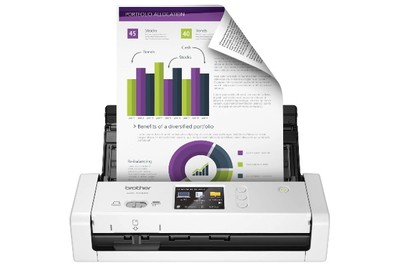
Contract and volume customers not eligible. Orders that do not comply with HP.com terms, conditions, and limitations may be cancelled. Items sold by HP.com are not for immediate resale. These terms apply only to products sold by HP.com reseller offers may vary.


Correct prices and promotions are validated at the time your order is placed. Despite our best efforts, a small number of items may contain pricing, typography, or photography errors. Quantity limits may apply to orders, including orders for discounted and promotional items. Price protection, price matching or price guarantees do not apply to Intra-day, Daily Deals or limited-time promotions. To understand the required resolution and what is suitable for you, you need to determine how and where is your image to be used or display, prints always require a higer resolution than displays, however it is important to understand that reducing the resolution of a photo is easier than increasing it.Prices, specifications, availability and terms of offers may change without notice. Some scanners wil provided you with image enhancement features, such as scratches and sust removal, or colour optimisation, simply ignore these prompts as it will complicate the restoration process or create an extra layer of problems remember that we want your image as close as the original. However if your scanner supports a higher resolution it will be helpful to have a photo on a higer resolution, but it all depends on how do you intend to use the photo.

TIP: If your scanner has the ability to support and process files as NEF, RAW or DNG, it will be more adequate for the photo editing process.īy general rule when scanning, setting up for a higher resolution file works better, usually the recommendation is to try to adhere to a minimum 300 dpi rule, but a 600 dpi is the standard for most of the photo restorations specially when you wish to print copies of your photos. On the other hand as TIFF files are not compressed these are usually bigger in size, this is good for the restoration procedure as we want to have a vast amount of information to work with. You might feel tempted to scan your photos as JPEG, after all is a popular and efficient format, hower have in mind that JPEG files are often compressed and important information will be lost during the compression process, try to avoid any type of compression when scanning.
#The wirecutter photo scanning full#
Scanning in colour will provide us with valuable information that can facilitate the photo restoration process, although scanning in black and white could reduce the size of your files, full colour scanning is essential to guarantee a better result, specially when there is damage such as stains, water damage or colour fading / casting over the original photo. Your black and white photos have colour information we can use so do not hesitate to set your scanner to RGB (colour mode) even when the original photo is in black & white Choose RGB colour even when scanning Black and white photos: Make sure the flatbed glass has dried completely before processing your photo scan.ģ. (At all costs avoid using strong chemicals such as acetone, methilated spirits or benzene as it may leave streaks or deteriorate the glass) You can use small quantiies of househould glass cleaner with a microfiber or lint-free cloth can do the job, avoid spraying the chemical directly on the scanner glass. If the photo is torn apart, try to arrange the pieces close to each other but avoid their contact.Īlways clean your scanner glass based on your manufacturer recommendations, when cold and its power cord unplugged Try to do this on a clean environment and do not attempt to remove photos that are stuck to glass or other photos. Over the years your photos have gathered dust, dirt, grease or other foreign material such as hair or lint, depending on the condition of the photograph you can remove these particles with a soft brush, we recommend using gloves to prevent leaving fingerprints on the surface.


 0 kommentar(er)
0 kommentar(er)
